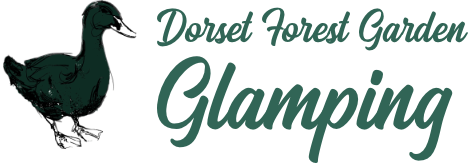The rolling Dorset countryside with plentiful woodlands makes for a perfect habitat for our native roe deer. It’s not uncommon for me to spot them on my daily walks in the fields around us – but this still makes them fascinating to see. Recently I woke in the middle of the night and looked out into the garden to find a doe had left her fawn to rest in our garden whilst she went off to graze – we just stared at each other, the fawn instinctively knew its safest option was to remain still until its Mum returned. Roe deer are often solitary or in small groups.
The UK has 2 native deer varieties – the roe and the red deer. The roe thrives in areas with woodland. – including our own young woodland. Even the forest garden is regularly visited by these majestic creatures, within a few feet of the shepherd’s huts. We’ve been told about many a spotting whilst a guest have been enjoying a hammock!
A few points to identify them.
These are small deer that go from reddish brown in summer to grey in winter. Their muzzle is black. What gives them their characteristic ‘cuteness’ is the pale puff of hair around its rump instead of a tail. It emphasises their athletic bounds as they cross fields. Have you ever seen a deer jump? It is amazing the field boundaries they can clear in order to get away!
It is the male roe deer that have the antlers – these are short and usually with three points. The antlers grow through the winter so they are fully grown by summer in time for the rutting season. They then shed their antlers and it starts all over again.

